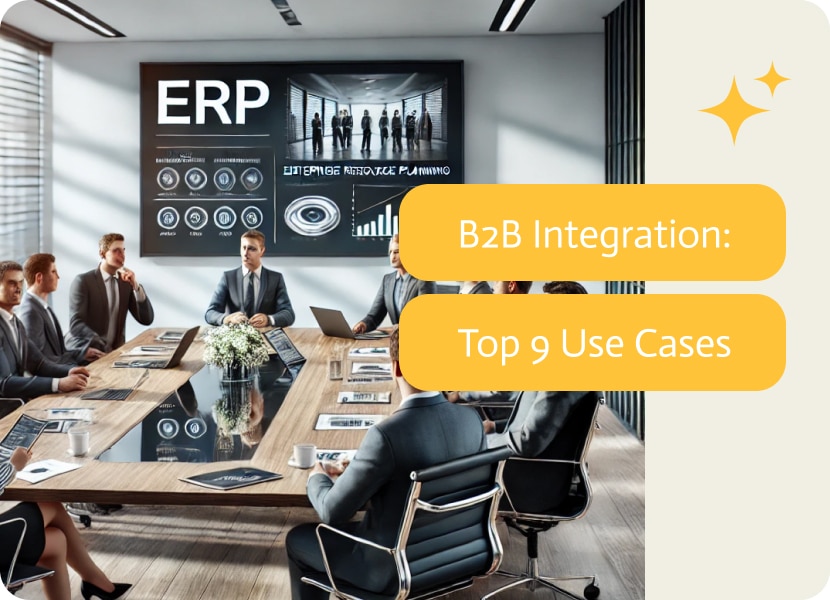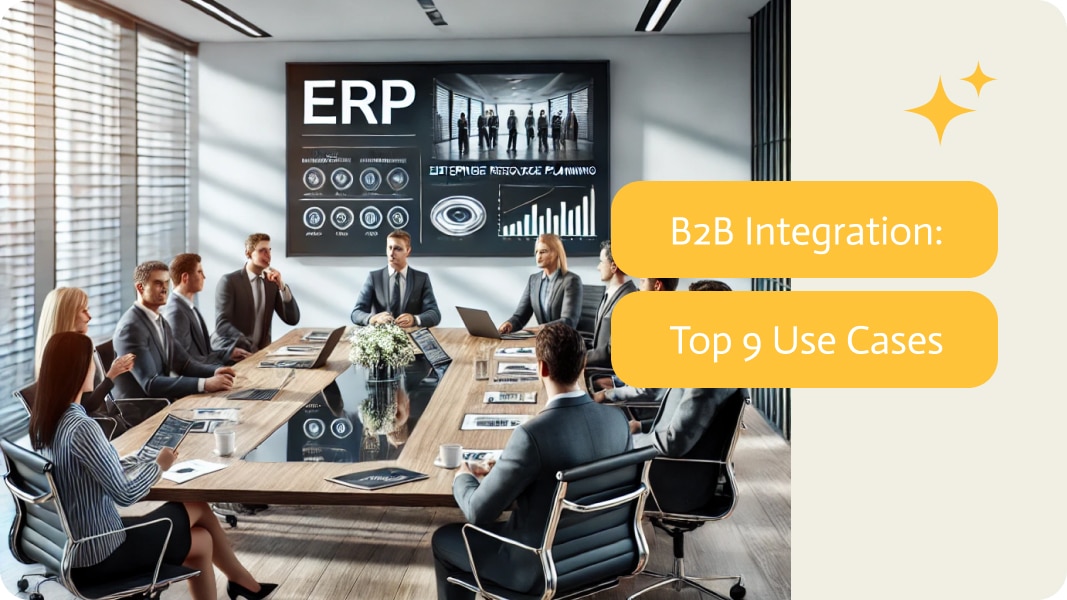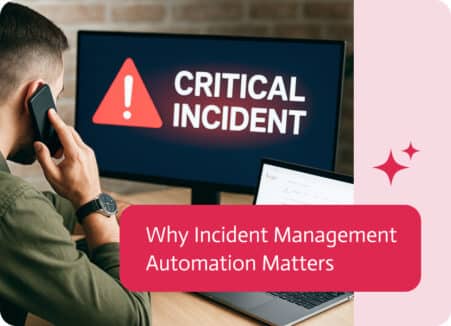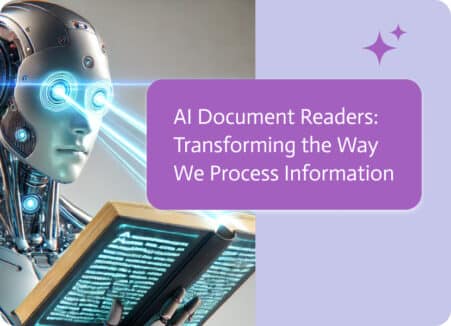

ERP Integration: Benefits, Methods, and Costs
Integrating your Enterprise Resource Planning (ERP) system with other business applications isn’t just a technical necessity—it’s a game-changer for your business operations. Let’s explore why ERP integration matters.
What is ERP system?
An Enterprise Resource Planning (ERP) system is an integrated software platform that organizations use to manage and automate core business processes across various departments, including finance, procurement, human resources, manufacturing, and supply chain. By centralizing data and standardizing procedures, ERP systems enable businesses to streamline operations, improve data accuracy, enhance productivity, and make more informed decisions. They provide a unified view of business activities, facilitating real-time reporting and analysis, which is essential for effective planning and management.
What is ERP Integration?
Think of ERP integration as the bridge connecting your ERP system to all the other applications your company relies on. This seamless data flow and automation are crucial for eliminating data silos, reducing manual tasks, and enhancing decision-making capabilities.
Why ERP Integration Matters
ERP systems manage core business processes like finance, procurement, and HR. However, when these systems operate in isolation, they lead to inefficiencies and data inconsistencies. Here are some real-world examples that highlight the necessity of ERP integration:
Example 1: Synchronizing Sales Orders and Inventory
Imagine a retail business using Microsoft Dynamics 365 for ERP and Shopify for e-commerce. By integrating these systems, sales orders from Shopify automatically update inventory levels in Dynamics 365. This real-time synchronization prevents stockouts and overselling, ensuring customer satisfaction and operational efficiency.
Example 2: Streamlining Financial Reporting
Consider a multinational corporation that uses Oracle ERP Cloud for financial management and Concur for expense reporting. When these platforms are integrated, expense reports submitted in Concur automatically generate entries in Oracle ERP. This automation reduces manual data entry, minimizes errors, and accelerates financial reporting.
Example 3: Enhancing Customer Support
A service-based business might use SAP ERP for resource planning and Zendesk for customer support. When integrated, customer support tickets in Zendesk trigger updates in SAP ERP. This ensures all departments are informed and responsive, enhancing overall customer service and operational coordination.
Different Methods of ERP Integration and Their Associated Costs
When integrating ERP systems, several methods can be considered. Each has its own benefits, challenges, and associated costs. Understanding these can help you choose the best approach for your organization.
Point-to-Point Integration
Method: This approach involves creating direct, custom-coded connections between two applications.
Benefits:
- Full control over integration.
- Can be tailored to specific business needs.
Challenges:
- High initial development cost.
- Maintenance can be difficult and costly, especially if the developer who created the integration leaves the company.
- Scalability issues as the number of integrations increases.
Cost: The cost can range from $10,000 to $50,000 per integration, depending on the complexity. Ongoing maintenance costs are also significant.
Middleware Integration
Method: Middleware acts as a bridge between different systems, facilitating data exchange and process automation.
Benefits:
- Reduces the complexity of managing multiple point-to-point integrations.
- Can handle a large number of integrations efficiently.
Challenges:
- Requires specialized knowledge to set up and maintain.
- Can be expensive and complex to manage.
Cost: Initial setup costs can range from $20,000 to $100,000, with ongoing maintenance costs depending on the complexity of the middleware solution and the number of integrations.
Enterprise Service Bus (ESB)
Method: An ESB is a centralized software architecture that manages data exchange between multiple systems through a communication bus.
Benefits:
- Highly scalable and flexible.
- Facilitates integration of legacy systems.
- Centralized management of integrations.
Challenges:
- Requires significant technical expertise to implement and manage.
- Can be overkill for smaller integration needs.
Cost: Setup costs can start at $50,000 and go up to several hundred thousand dollars. Ongoing costs include licensing, maintenance, and potential upgrades.
No-code Integration Platform as a Service (iPaaS)
Method: iPaaS provides a cloud-based platform for integrating applications and data.
Benefits:
- Simplifies integration with pre-built connectors.
- Scalable and flexible.
- Centralized management and monitoring.
- Often includes no-code/low-code options for easier use by non-technical staff.
Challenges:
- Subscription costs can add up over time.
- May require some level of technical expertise for complex integrations.
Cost: Subscription costs typically range from $500 to $20,000 per month, depending on the platform and the number of integrations. Initial setup and configuration costs can range from $10,000 to hundreds of thousands of dollars.
Challenges and Solutions in ERP Integration
Data Security
Ensuring data security during integration is critical. AI-based platforms offer robust encryption and compliance features, protecting sensitive information during data transfers.
Scalability
As businesses grow, their integration needs evolve. No-code platforms scale effortlessly, handling increasing data volumes and complex workflows without additional coding.
Advantages of AI-Based No-Code Integration Platforms
Traditional ERP integration methods often require significant coding expertise, which can be a bottleneck. AI-based, no-code integration platforms, such as Noca AI, provide a transformative solution by enabling business users to create and manage integrations without extensive technical knowledge. Here are the reasons why this approach is advantageous:
Accessibility
AI-Based No-code integration platforms democratize the integration process. Business users can design workflows without relying on IT. For instance, a marketing manager can integrate their CRM with an ERP system to automate lead-to-customer conversions, freeing up IT resources for more complex tasks.
Speed and Efficiency
These platforms significantly reduce the time required to deploy integrations. For example, a procurement team can quickly set up workflows to synchronize purchase orders between their ERP and supply chain management tools. This ensures timely order processing and inventory updates.
Cost Savings
Reducing the need for dedicated developers lowers costs. Additionally, AI-driven automation optimizes resource allocation and reduces the likelihood of costly errors.
Enhanced Flexibility
AI-based platforms adapt to changing business needs more easily than traditional systems. They can quickly adjust workflows, integrate new applications, and scale operations without extensive reprogramming.
Improved User Experience
Intuitive interfaces make it easier for non-technical users to navigate and utilize integration tools, leading to higher adoption rates and more effective technology use across the organization.
Best Practices for ERP Integration
- Identify Key Applications: Pinpoint which applications need to be integrated with your ERP system. These could include CRM, HR, and supply chain management tools.
- Assess Integration Needs: Determine whether data flows should be real-time or batch-processed based on your business process requirements.
- Incorporate Business Logic: Ensure the integration accommodates various business rules and conditions.
- Plan for Exceptions: Develop error-handling protocols to address integration failures and ensure business continuity.
Frequently Asked Questions about ERP Integration
What are the costs associated with ERP integration?
Costs vary based on the integration method. Using a no-code platform reduces costs by minimizing the need for technical expertise and speeding up deployment times.
Which applications are commonly integrated with ERP systems?
Organizations typically integrate their ERP systems with CRM, e-commerce, HR, and financial management tools.
What are the primary challenges of ERP integration?
Common challenges include data security, system compatibility, and scalability. AI-driven no-code platforms address these issues with advanced features and flexible integration capabilities.
How do you develop an ERP integration strategy?
Start by identifying business objectives, mapping out integration use cases, defining nonfunctional requirements, and choosing a suitable integration platform based on these criteria.
By leveraging AI-based no-code integration platforms, organizations can achieve seamless ERP integration. This drives efficiency, reduces costs, and enhances decision-making capabilities. Embrace the future of ERP integration with tools that empower your entire organization, not just your IT department.


